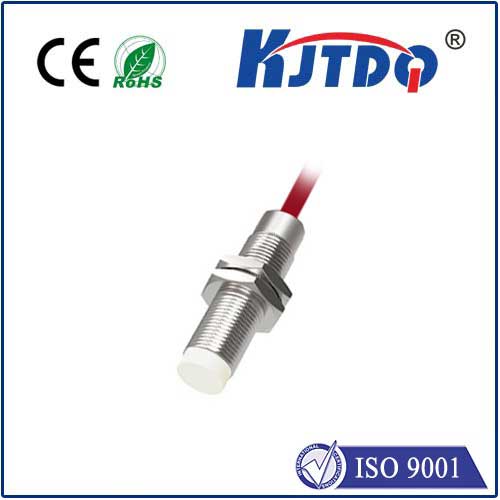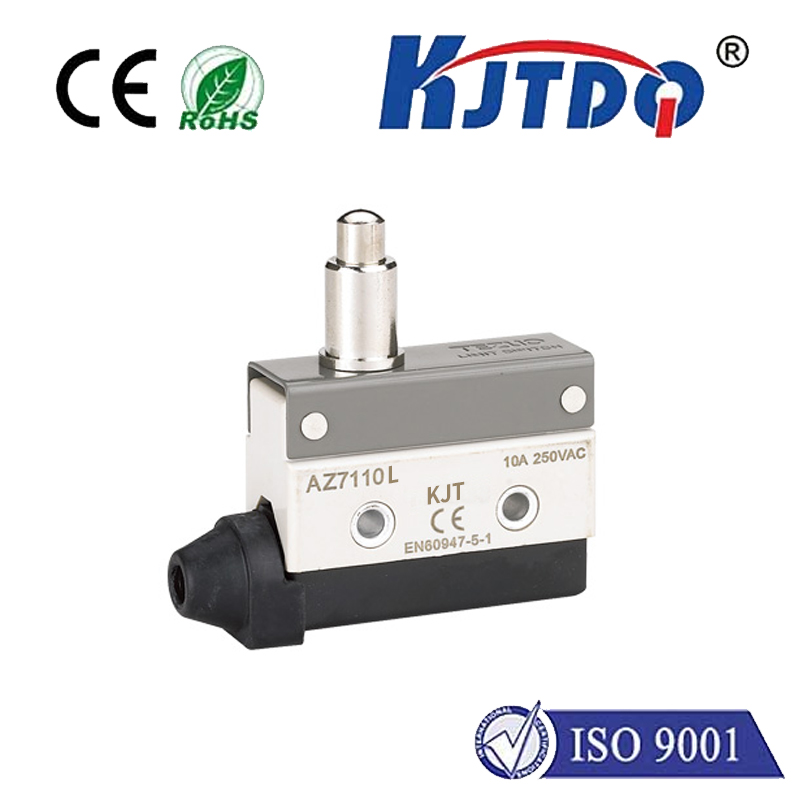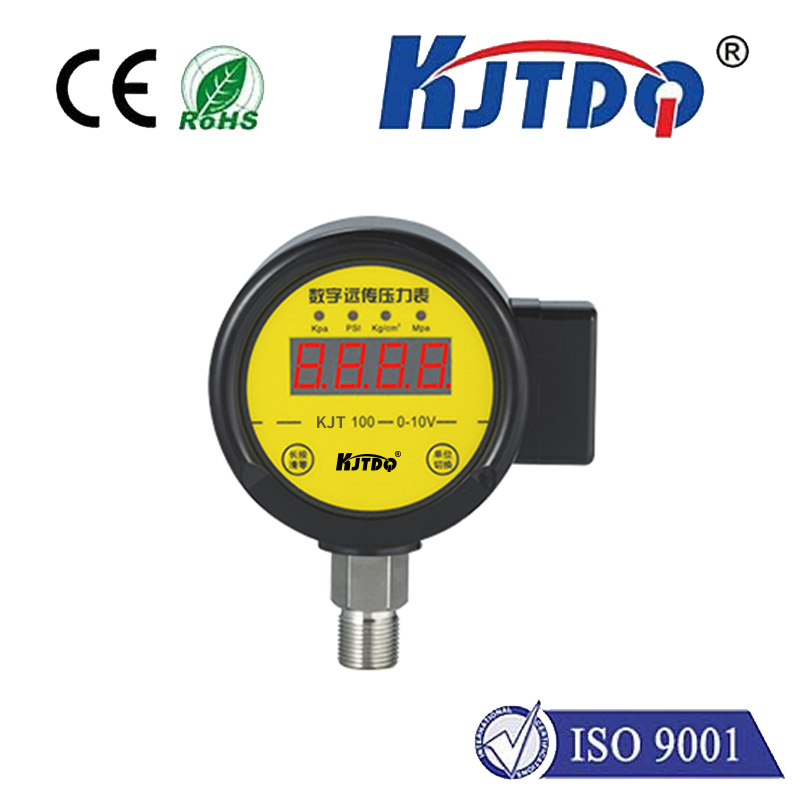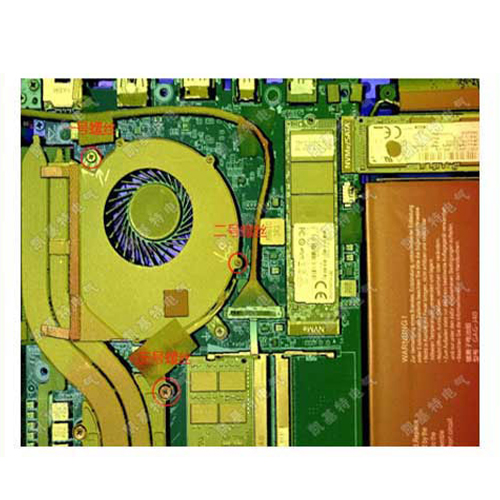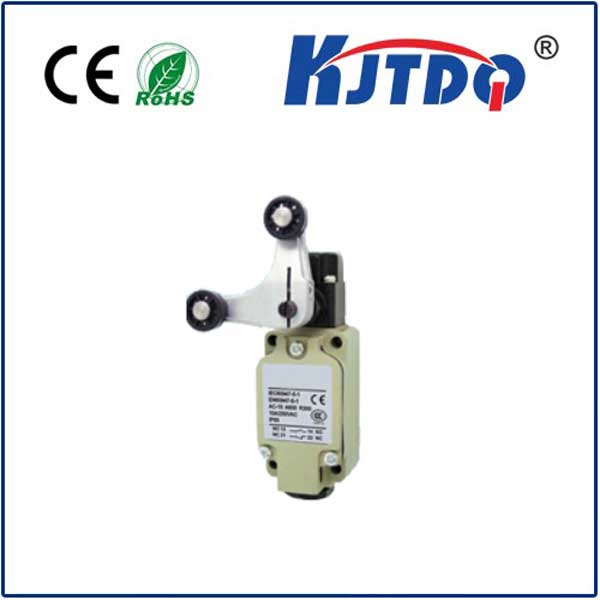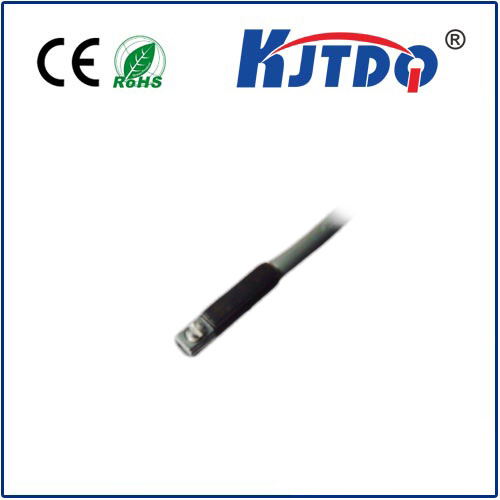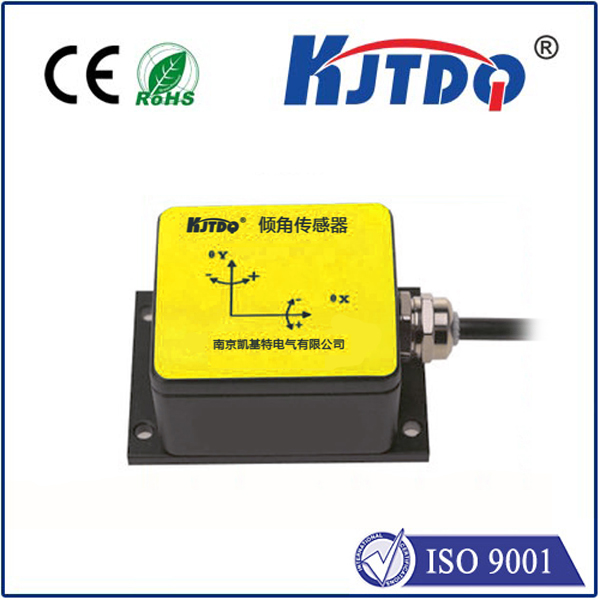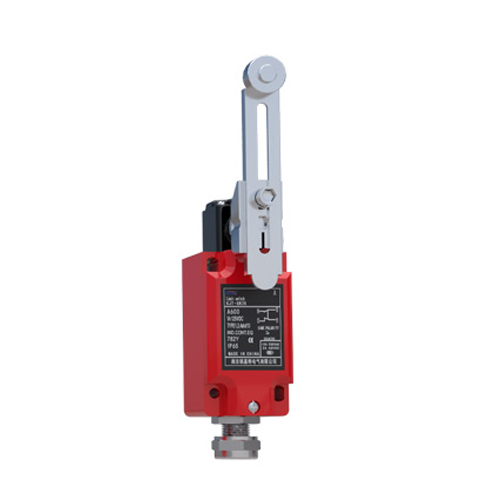accl changeover switch
- time:2025-08-01 11:20:09
- Click:0
Power Without Pause: Mastering Critical Uptime with ACCL Changeover Switches
Picture this: a hospital operating room, a data center processing millions of transactions, a manufacturing line worth billions. Suddenly, the primary power source flickers and dies. In that critical split-second, seamless, automatic backup power isn’t just a convenience; it’s the absolute lifeline preventing catastrophe. This is where the precision engineering of an ACCL Changeover Switch proves its indispensable worth. Far more than a simple switch, it’s the automated, ultra-reliable guardian of continuous power for mission-critical operations.
Decoding the ACCL Acronym: Automatic Closed-Coupled Load Transfer
ACCL stands for Automatic Closed-Coupled Load Transfer. Let’s break down this key terminology to understand its significance:
- Automatic: This is the core functionality. The switch operates without human intervention. Sophisticated controllers continuously monitor the voltage, frequency, and phase of both the normal (Utility) and emergency (Generator/UPS) power sources.
- Closed-Coupled: This signifies an extremely tight integration, almost seamless handoff. Think of it as the switch’s mechanism and control system being designed to work as a single, highly responsive unit, minimizing any transfer lag.
- Load Transfer: The fundamental task – shifting the connected electrical load from a failing or failed source to a healthy alternative source, and back again when the primary source is restored and stable.
Essentially, an ACCL changeover switch is a specialized type of Automatic Transfer Switch (ATS) engineered for exceptionally fast, reliable, and safe power source transfers, particularly crucial when even milliseconds of interruption are unacceptable.
Why ACCL? The Critical Advantages Over Basic Transfer Switches

While standard ATS units provide essential backup switching, ACCL switches elevate performance for demanding environments. Here’s what sets them apart:
- Blistering Transfer Speeds: The hallmark of ACCL technology is its ability to achieve sub-cycle transfer times. This means the switch can complete the transfer faster than a single cycle of the AC power waveform (typically less than 1⁄4 cycle or ~4ms). This speed is vital for preventing sensitive electronic equipment from experiencing disruptive shutdowns or data corruption.
- Seamless Closed-Transition Switching (Optional but Common): Many advanced ACCL switches offer closed-transition transfer. This technique momentarily parallels the two power sources before breaking the connection to the outgoing source, ensuring a truly breakless transfer with zero voltage interruption to the load. This is non-negotiable for the most sensitive applications.
- Unparalleled Reliability & Robustness: Built for 24⁄7 critical operation, ACCL switches feature industrial-grade components, robust mechanical design, and sophisticated microprocessors with advanced diagnostics. Redundancy features are often available to ensure the switch itself doesn’t become a single point of failure.
- Advanced Intelligence & Monitoring: Modern ACCL units integrate sophisticated controllers that provide extensive data logging, remote monitoring (often via built-in communication protocols like Modbus), event logging, programmable settings, and system diagnostics. This enables proactive maintenance and swift troubleshooting.
- Enhanced Safety: Engineered with multiple safety interlocks, they prevent hazardous conditions like source paralleling (connecting both sources together accidentally) or transferring to an unstable generator. Arc-quenching technology protects personnel and equipment during switching events.
Where ACCL Changeover Switches Are Non-Negotiable
The ACCL changeover switch isn’t for every application. It’s deployed where the cost of power interruption far outweighs the investment in premium power protection:
- Mission-Critical Data Centers: Servers, storage, network infrastructure cannot tolerate brief power dips without risk of crashes, data loss, or hardware damage. ACCL ATS units provide the essential bridge between utility and UPS/generator, safeguarding uptime.
- Healthcare Facilities: Hospitals, surgical suites, intensive care units, and life-support systems demand uninterruptible power to protect patient lives. ACCL switches ensure critical medical equipment remains operational during any grid disturbance.
- Industrial Automation & Control: Modern manufacturing relies on PLCs, robotics, and precision processes. Even a momentary glitch can halt production, damage products, or cause safety hazards. ACCL switches prevent costly downtime.
- Financial Institutions & Trading Floors: Stock exchanges, banking systems, and trading platforms operate 24⁄7 globally. Microsecond interruptions can translate to millions lost in transactions.
- Telecommunications Infrastructure: Central offices, mobile switching centers, and data hubs require continuous power to maintain voice and data networks nationwide. ACCL power transfer systems are fundamental to network resilience.
- Critical Infrastructure: Air traffic control systems, water treatment plants, and emergency command centers rely on ACCL switches for resilience against power grid instability.
Key Components of an ACCL Transfer System
Understanding what makes up a reliable ACCL changeover switch system is crucial:
- Robust Switch Mechanism: High-current rated contactors or circuit breakers designed for frequent, fast operation under load.
- Advanced Microprocessor Controller: The “brain” constantly monitoring source parameters (voltage, frequency, phase angle), executing transfer logic, and managing safety interlocks. Programmable timers, inrush delay, and retransfer settings are standard.
- Precise Source Sensors: High-accuracy voltage and phase sensors providing real-time data to the controller.
- Operator Interface: Local display (HMI) for status indication, configuration, diagnostics, and manual override functions.
- Control Power System: Often includes battery backup to ensure the switch can operate even if control power is lost during the outage event.
- Communication Module (Often): Enables integration with Building Management Systems (BMS) or remote monitoring platforms.
Selecting the Right ACCL Changeover Switch: Key Considerations
Choosing an ACCL automatic transfer switch requires careful evaluation:
- Electrical Ratings: Voltage, continuous current, and withstand/short-circuit ratings must match or exceed the protected circuit’s requirements.
- Transfer Time: Confirm the switch meets the specific sub-cycle requirements (e.g., <4ms, /4 cycle) needed by your sensitive loads.
- Transfer Type: Open-transition (brief break) vs. Closed-transition (breakless). Closed-transition is essential for zero downtime scenarios.
- Bypass Isolation (Optional but Recommended for Maintenance): Allows the ACCL switch to be safely bypassed and isolated for maintenance or testing without disrupting the load power path.
- Reliability Features: Look for redundancy (dual controllers), robust construction, and reputable brands with strong service networks.
- Monitoring and Communication: Assess required data points, logging capabilities, and compatibility with existing monitoring infrastructure (e.g., Modbus TCP, SNMP).
- Standards Compliance: Ensure the switch meets relevant safety and performance standards (e.g., UL 1008, IEC 60947-6-1).
Beyond the Switch: Integration & Maintenance
The ACCL changeover switch is a vital component within a broader critical power system, typically integrating seamlessly with Uninterruptible Power Supplies (UPS) and Standby Generators.






